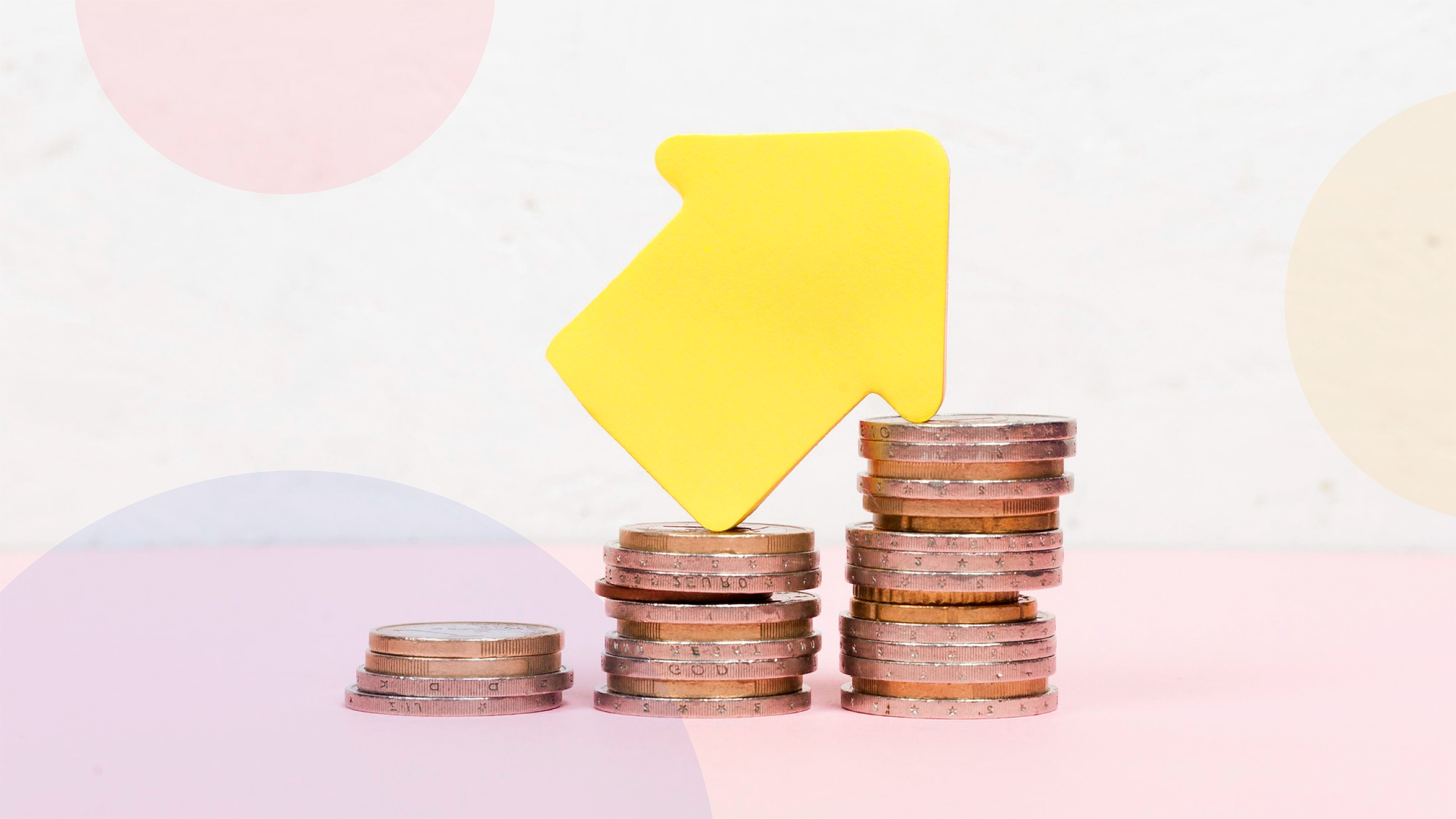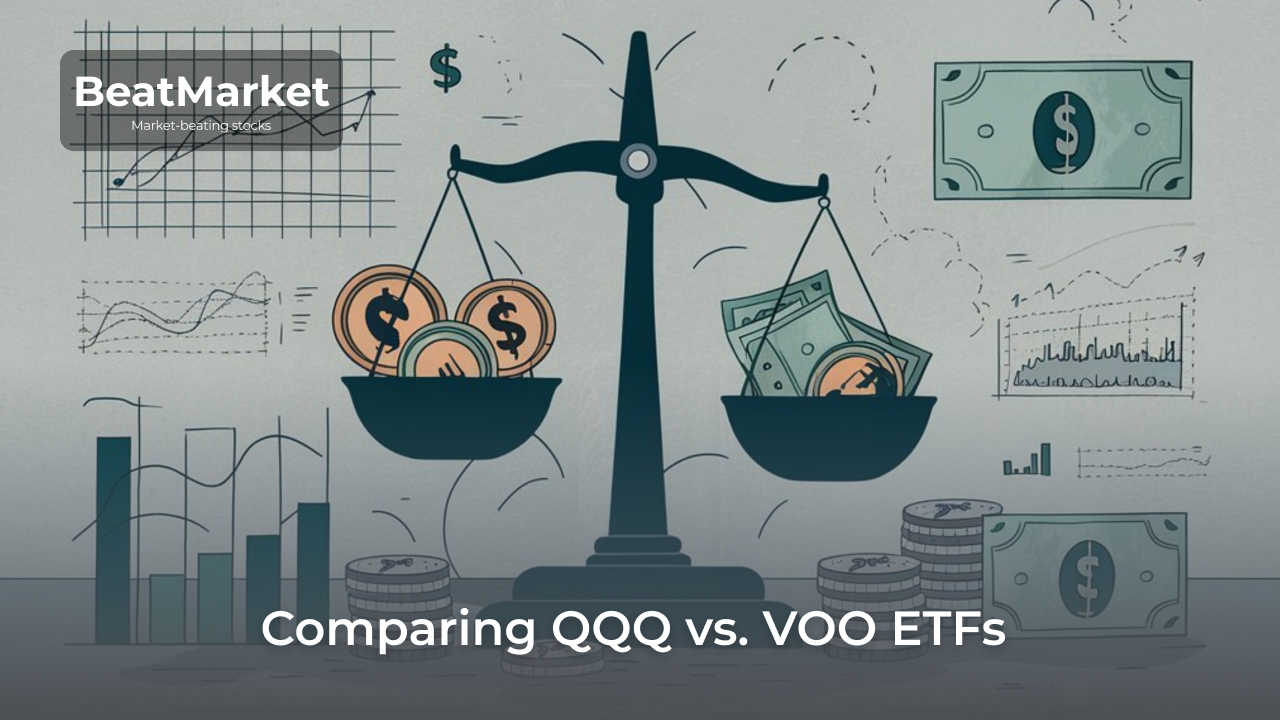One of the benefits of investing is that it generates passive cash flow. Some companies distribute a portion of their net income to their stockholders. When it comes to common stocks, these distributions are optional, and their returns are quite low in the U.S. market.
But there is a way for investors to virtually guarantee themselves a stable and high return. Let’s tell you what are preferred dividends and what are their benefits and drawbacks.
Table of Contents
What Is a Preferred Dividend?
These are dividends that are paid to the preferred shareholders of a company’s stock. They represent a part of net profit and are distributed once a quarter or a year, just like common dividends. But unlike the latter, they offer some benefits.
This type of income is chosen for its higher return on investment and stability. Preferred stocks also have some drawbacks. The key one is that such an asset may be unprofitable in periods of high inflation.
Understanding Preferred Dividends
Unlike common dividends, the amount of preferred dividends is not determined on the eve of each payment. It depends on two factors:
- the par value of the stock, which, as opposed to the market value, does not change;
- the rate specified in the prospectus (its value is not affected by the financial success of the company in the previous period).
When buying a stock, the investor is aware in advance what passive income will be received. Preferred dividends payments take place before the distribution of common dividends. When the issuer is unable to pay all shareholders, common dividends are cut first.
Common vs. Preferred Dividends
There are some similarities between common and preferred stock dividends. They are passive investment income subject to taxation. The periodicity of both types of payments is determined by the issuer and often coincides. But there are a few more differences. The key ones are summarized in the table below.
| Parameter/type of dividends | Preferred | Common |
| Rate | Is known before the stock is purchased, remains unchanged over the years | Is made known a short period of time before the payment is due. May change every quarter and year |
| Obligations to pay | The Company is obliged to pay them out (except for non-cumulative stocks) | There is no obligation, dividends can be canceled |
| Priority of payment | Before distribution of net income to common stocks shareholders | On a residual basis when the issuer has sufficient funds |
| Tax issues | For these dividends it is necessary to be held in the stock for more than 90 days to be considered a qualified dividend | For these dividends to be recognised as qualified dividends, it is sufficient to hold the stock for more than 60 days |
Dividends in Arrears
Dividend arrears arise when a company has issued cumulative preferred stock and is unable to make payments in the designated amount.
Several rules apply in this case:
- amounts not remitted to shareholders in a timely manner are accumulated;
- before making payments for the current year, the company must pay off debts from previous years;
- common stock dividends cannot be paid until debts to preferred stockholders are paid.
You can find out if a company has a current dividend debt by looking at its balance sheet.
When it comes to non-cumulative stocks, no debt accumulates if dividends are not paid. But then preferred shareholders receive compensation in intangible form. For example, it may be the right to vote at a meeting.
Kinds of Stock
There are several types of preferred shares. An important classification for the investor is the division into participating and non-participating stocks.
The difference between them appears at the moment of liquidation of the issuer. Non-participating stocks entitle their holders to receive only standard dividends. Most preferred shares issued by U.S. companies are of this type.
When an investor owns a participating stock, in the event of liquidation, they will get both dividends and a share in the division of the remaining assets.
Also, preferred shares can be subject to revocable shares. This means that after the date specified in the prospectus, the company has the right to redeem them from the holders at a predetermined price.
Another type is convertible preferred stock. Such securities can be exchanged for a specified number of ordinary stocks after a specified amount of time.
How to Calculate Preferred Dividend
All information on shareholder remuneration is specified in the prospectus. In order to determine your future dividends, it is required to find in the document the nominal value of the security and the rate upon which the calculation will be based.
The amount of annual dividends is determined by multiplying these two parameters. In case of quarterly payments, the total amount is divided into four equal parts.
When choosing stocks, it is recommended to pay attention not only to the absolute amount of remuneration of shareholders, but also to the coverage ratio. It is calculated by dividing the company’s net profit for the period by the amount to be paid as preferred stock dividends.
The higher the ratio, the lower the chances that the company will be unable to fulfill its obligations to the preferred shareholders.
The Formula for Preferred Dividends
The formula that an investor can use to find out their annualized return is given below.
Example of Preferred Dividend
Here is an example of how to calculate your passive income. Let’s assume:
- preferred dividends are paid on preferred stock at a rate of 7%;
- the par value of one security is $200;
- an investor purchases 150 stocks.
In this case, the person will receive $2100 per year (0.07 x 200 x 150). When the payments are paid quarterly, one will receive $525 every 3 months.
Whether preferred stock dividends are qualified dividends depends on the time period of ownership. Also, the tax rate is affected by the investor’s total annual income. Therefore, the net income on the preferred dividends in the example would be:
- $1243.2 (if taxed at the top rate);
- $2100 (when the individual rate is 0);
- or will fall between these amounts at other rates.
In 2024, the 0% rate on qualified dividends is received by people with an income of less than $47,025 (single) or $94,050 (Married filing jointly). The 37% rate is received by people with an income of more than $609,351 (single) or $731,201 (Married filing jointly).
Common features of preferred dividend
Each company determines the exact amount of dividends and the frequency of their payment on its own. However, there are several typical features that are characteristic of preferred stock dividends of any issuer.
Higher dividend rates
Company’s preferred stocks typically have a higher dividend yield than ordinary stocks. This is compensation to security holders for the fact that they do have no voting rights and cannot influence management decisions.
Fixed percentage
The amount of the preferred shareholders’ remuneration is known in advance. The investor can forecast the income for the whole time until the paper is repurchased (or converted).
Legal obligations
Preferred stock dividend payments are as much a legal obligation for a company as bond coupon payments and redemptions. When a company refuses to pay them, it is threatened with fines and other sanctions from the regulator.
Preferred treatment
Preferred stockholders are paid dividends first, both in normal times and in the event of liquidation of the company.
Cumulative or arrears in dividend. Example of a cumulative dividend
Due to various circumstances, a company may incur debts to preferred stockholders. Consider the following example:
- the issuer has $500 thousand at its disposal, which can be used to pay dividends;
- the company has issued 2 million preferred shares with a par value of $20;
- the rate for dividend calculation, according to the prospectus, is 5%.
This means that the company has to pay $2 million as preferred dividends. The available funds are insufficient for this purpose. This means that the debt will be formed, which will be transferred to the next year. Holders of common stocks will not receive remuneration this year either.
Preferred Dividend Calculation in Excel (with Excel Template)
You can quickly make your own preferred stock dividends calculator in Excel. It is enough to enter 3 parameters and a formula into the programme. The screenshot below demonstrates the process.
| Par Value, $ | 100 |
| Rate of Dividend, % | 5% |
| Number of Preferred Stocks, pcs | 10 |
| Preferred Dividends, $ | 50 =100*0.05*10 |
Are Companies Required to Pay Preferred Dividends?
The answer to the question “Are preferred stock dividends guaranteed” is ambiguous. On the one hand, the company is neither obliged to issue this type of securities nor to set dividends on them. It can limit itself to common stocks.
But when preference stocks have been issued and the prospectus specifies the cumulative nature of remuneration to holders, dividends must be paid. But this may be done late.
When non-cumulative remuneration of preferred shareholders is provided for, the company is entitled to skip the payment of dividend. The manner in which this will be compensated should also be stated in the prospectus.
What are preferred dividends worth?
Buying preferred stocks allows an investor to fix a certain yield for a predetermined period of time. However, they may expect that the profit will be higher than in case of investing money in common stocks.
Below is information on several preferred shares. Their expected dividend yield is higher than that of S&P 500.
It makes sense to add such a source of income to the portfolio when the investor expects a decrease in interest rates. Such a step may be inexpedient before the start of the upward cycle.
Cumulative versus Non-Cumulative Preferred Stock Payments
It is important to pay attention to this point when choosing preferred shares. The cumulative or accumulative option of remuneration payment obliges the company to pay dividends, even if they are overdue. When the stock is cumulative, all dividends not paid on time are summed up and transferred to the investor’s account at the time of liquidation of the issuer.
When the stock is non-cumulative, the company can skip dividend payments without any serious consequences for itself. Even in the event of bankruptcy and liquidation, the investor will not receive payment for prior periods.
The only benefit to holders of preferred non-cumulative stocks, is the distribution of dividends before common stock. When the company has insufficient funds to reward preferred shareholders, it cannot make a payment to common stockholders.
Preferred Dividends in Balance Sheet
Although the amount of dividends is known in advance, they are formally approved by the Board of Directors before each payment. This takes place in the next financial period, so these amounts do not appear in the corresponding balance sheet. They appear in the next one.
For example, when a company pays dividends once a year, shareholder remuneration for 2023 will be reflected in the balance sheet in 2024. And the 2023 documents provide information about payments for 2022.
The company records the preferred dividends on the income statement. But their amount should be excluded from net income attributable to common stock.
Funds payable to preferred shareholders are debited from the account. This is recorded on the balance sheet in the ‘Financing Activities’ section of the cash flow statement.
When the company approves but fails to pay cumulative dividends, this is recorded under Current Liabilities. The debt will accrue each period. In the case of non-cumulative stocks, the amount unpaid on time is written off and no longer appears in the financial documents.
Why Are Preferred Dividends Important?
The characteristics possessed by preferred stock dividends make this asset favorable for both beginners and experienced investors. It is proper primarily for a conservative strategy. But at the same time it is a good option for investing in young companies. The higher dividend yield compensates for the risk.
Advantages
Let’s look in detail at the benefits that accrue to the holder of preferred stock.
Income
This asset brings a stable cash flow in the form of fixed dividends. And the return on investment is usually higher than when buying common stocks. These features are important for people who follow a dividend strategy. The investor knows exactly what amount and for how long they will receive from the issuer.
Additional Shares as Dividends
Sometimes dividends are paid not in the form of cash, but in property form, i.e. in the form of stock. This option is much less common. It is suitable for people interested in increasing the size of their portfolio rather than passive income.
Some investors regard this option as a disadvantage. This is due to the fact that issuing additional stocks reduces the value of the latter.
Dividend Reinvestment Programs (DRIPs)
Automatic reinvestment programmes are supported by many brokers, investment banking institutions and issuers themselves. Their advantage is that a person has no need to spend time tracking the money coming in and investing it in new securities on his or her own.
When reinvestment is organized directly through the issuer, it can bring additional benefits. Some companies are willing to sell stocks at a discount under such conditions.
Disadvantages
The main disadvantage of preferred stock is that dividends will not grow over time, unlike common stock payouts. Long-term ownership of the asset may not be profitable in the long run.
Many preferred shares are traded on OTC. They have low liquidity. And during the period of increasing rates, their value decreases. Example – The Connecticut Light and Power Company (CNLHO).
How to Find Preferred Dividends
You can find out how to get preferred dividends that will match your risk profile and desired yield with the help of BeatMarket service. The stock screener allows you to analyze the payout history and financial performance of many companies, and the rating system allows you to choose the best ones.
The Bottom Line: Key Takeaways
The main thing to remember about preferred stock dividends:
- The amount of passive income an investor will receive can be found out in advance.
- Any type of preferred stock gives the holder an advantage over the company’s common stock shareholders in terms of profit distribution.
- Non-cumulative preferred stocks allow the company to pay no dividends and accumulate no debt. To guarantee one’s income, one should only use cumulative stocks.
Preferred stocks bring a fixed and stable income, which in many ways resembles bonds. But the profitability of investing in such an asset is much higher.
For example, on July 23, 2024, the United States 10-Year Bond Yield was 4.239%. Preferred shares can give 6-7% or more.
FAQ
Where are preferred dividends on financial statements?
The amount to be paid by the company is shown on the balance sheet, in the cash flow statement.
What is the formula for preferred dividend?
Dividend = par value x dividend rate
To find out the income that one security will generate per year, an investor needs to multiply its nominal value by the rate. This data is specified in the prospectus.
What are preferred dividends on a balance sheet?
In the balance sheet, distributions to preferred shareholders are recognised in the financing activities section of the statement of cash flows.
Are preferred dividends paid dividends?
Yes. The main advantage of preferred stocks is high and guaranteed (with few exceptions) dividends.
Where is preferred stock on financial statements?
Information on preferred stock is shown in the “Shareholders’ equity” section of the balance sheet in the first line.







